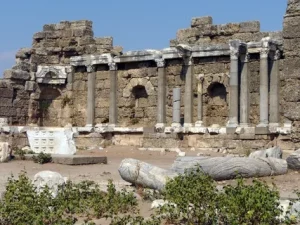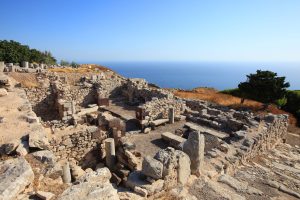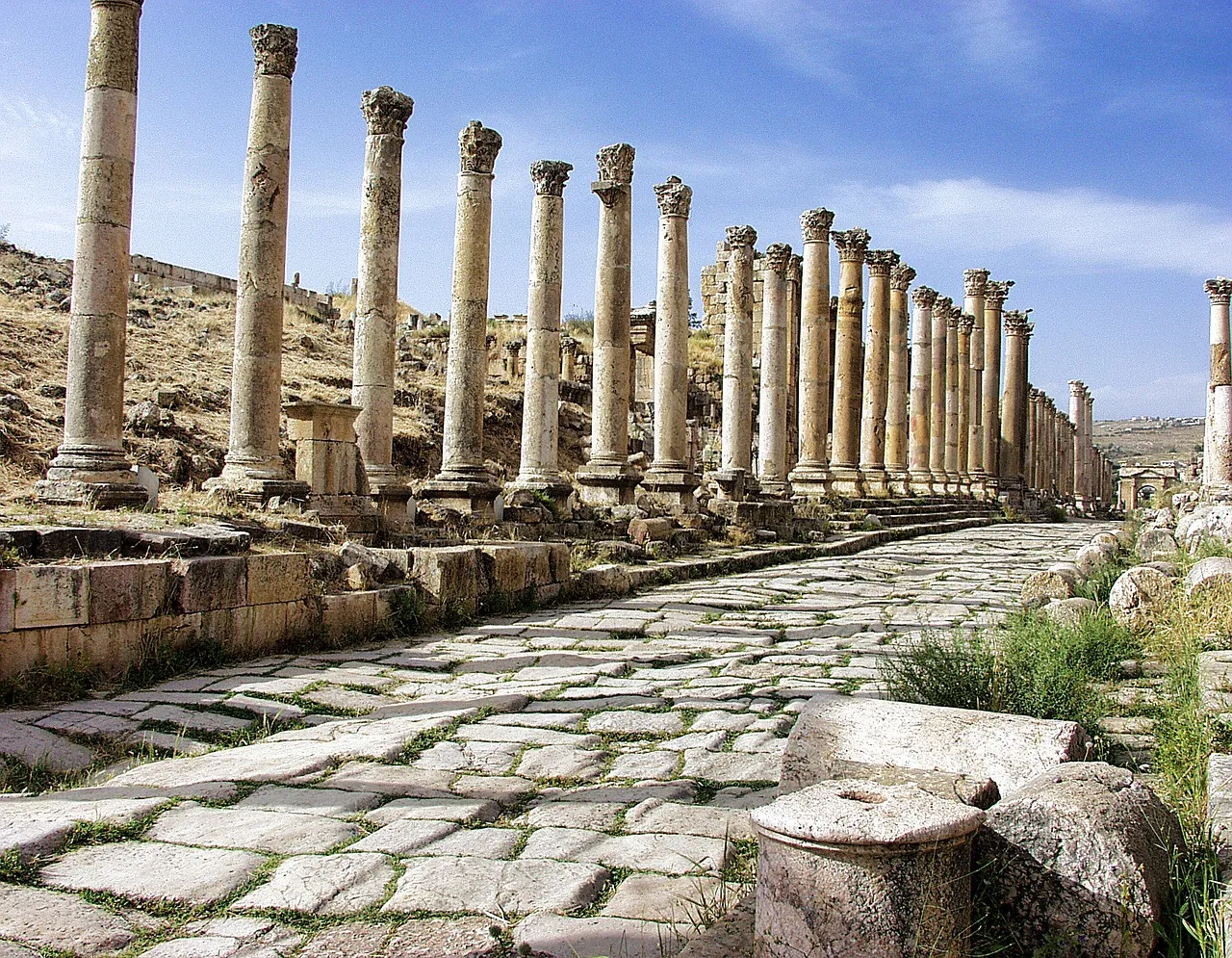The Acropolis, crowned by the iconic Parthenon, is the epitome of ancient Greek architecture. As you ascend the sacred hill, prepare to be mesmerized by the grandeur of the Propylaea, the monumental gateway to the Acropolis. travel guide Step into the past as you wander through the ruins of the Rechtien, dedicated to Athena and Poseidon, and marvel at the Caryatids, the graceful maidens bearing the weight of history on their shoulders.
Unearthing the Agora
The Ancient Agora, the bustling heart of ancient Athens, comes to life as you stroll through its ruins. Imagine the agora bustling with activity, as merchants bartered their wares and philosophers debated ideas that would shape the course of history. Explore the Temple of Hephaestus, the best-preserved Doric temple in Greece, and immerse yourself in the spirit of democracy at the Stoa of Attalos.
Temple of Olympian Zeus
Standing tall amidst the modern cityscape, the Temple of Olympian Zeus is a testament to the ambition of ancient Athens. Discover the stories of gods and mortals intertwined in its history as you stand in awe of this architectural marvel.

Unveiling the Mysteries of Eleusis
Journey beyond the city limits to the ancient site of Eleusis, where the Eleusinian Mysteries unfolded in secret rites dedicated to Demeter and Persephone. Explore the Telesterion, the sacred hall where initiates were said to experience the divine and ponder the mysteries that have intrigued scholars for centuries.
Tracing the Steps of Socrates
Follow in the footsteps of Socrates as you wander through the streets of ancient Athens. Visit the ruins of the Agora, where Socrates engaged in philosophical discourse with his fellow citizens, challenging conventions and questioning the nature of truth. Reflect on the enduring legacy of this iconic philosopher amidst the ruins of his beloved city.
Rediscovering the Past at Kerameikos
Kerameikos, the ancient cemetery of Athens, offers a poignant glimpse into the lives of its inhabitants. Walk among the tombstones and funerary monuments that bear witness to the passage of time, and contemplate the fleeting nature of human existence amidst the ruins of ancient Athens.
Marveling at the Panathenaic Stadium
Step into the footsteps of ancient athletes at the Panathenaic Stadium, where the first modern Olympic Games were held in 1896.
Discovering the Sanctuary of Artemis
Hidden away on the slopes of Mount Hymettus lies the Sanctuary of Artemis, where worshippers sought solace and protection in ancient times. Explore the remnants of the sanctuary and pay homage to the goddess of the hunt, as you unravel the mysteries of this sacred site.

What is the significance of the Parthenon?
The Parthenon served as a temple dedicated to the goddess Athena, patron deity of Athens. Its architectural brilliance and sculptural adornments symbolize the peak of Athenian democracy and cultural achievement.
How old are the ruins of Athens?
The origins of Athens date back over 3,000 years, with the earliest settlements dating to the Neolithic period. The ruins we see today primarily belong to the classical era of ancient Greece, spanning from the 5th to the 4th century BCE.
Why are the Caryatids famous?
he Caryatids, sculpted maidens that support the porch of the Rechtien, are renowned for their graceful beauty and architectural significance. Each Caryatid bears a unique expression, adding to the allure of these iconic figures.
What mysteries surround the Eleusinian Mysteries?
The Eleusinian Mysteries were ancient rites of initiation held in Eleusis, shrouded in secrecy to those who did not participate. The exact nature of the rituals remains a mystery, as initiates were bound by oath not to reveal their sacred experiences.
Was Socrates born in Athens?
Yes, Socrates was born in Athens around 470 BCE. He spent much of his life in the city, engaging in philosophical dialogue with fellow Athenians and challenging conventional wisdom.
Why is the Panathenaic Stadium significant?
The Panathenaic Stadium is the only stadium in the world built entirely of marble and was the site of the first modern Olympic Games in 1896. Its historic importance lies in its role as a venue for athletic contests in ancient Greece.
Conclusion:
Embark on a journey through time and unravel the mysteries of Athens’ ancient world. From the towering columns of the Parthenon to the tranquil sanctuaries hidden in the hills, each ruin holds a story waiting to be told. As you explore n the hallowed precincts of Athens’ ancient ruins, history comes alive, and the echoes of bygone eras reverberate through the ages. From the towering temples these ancient sites,




